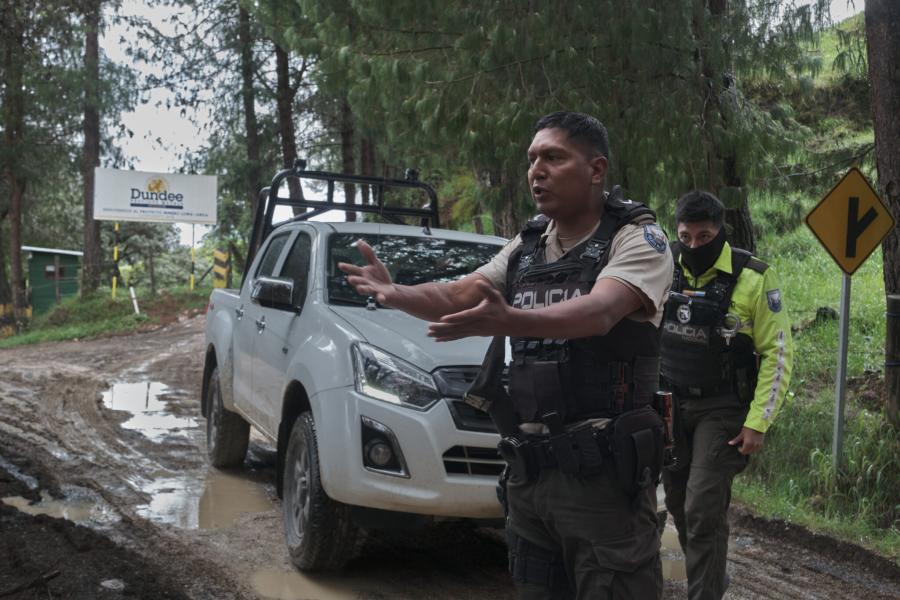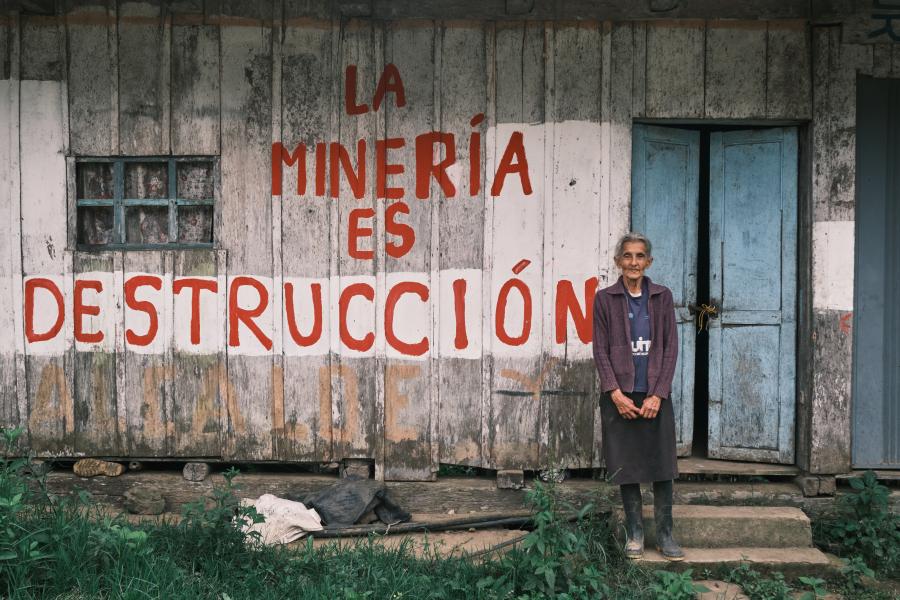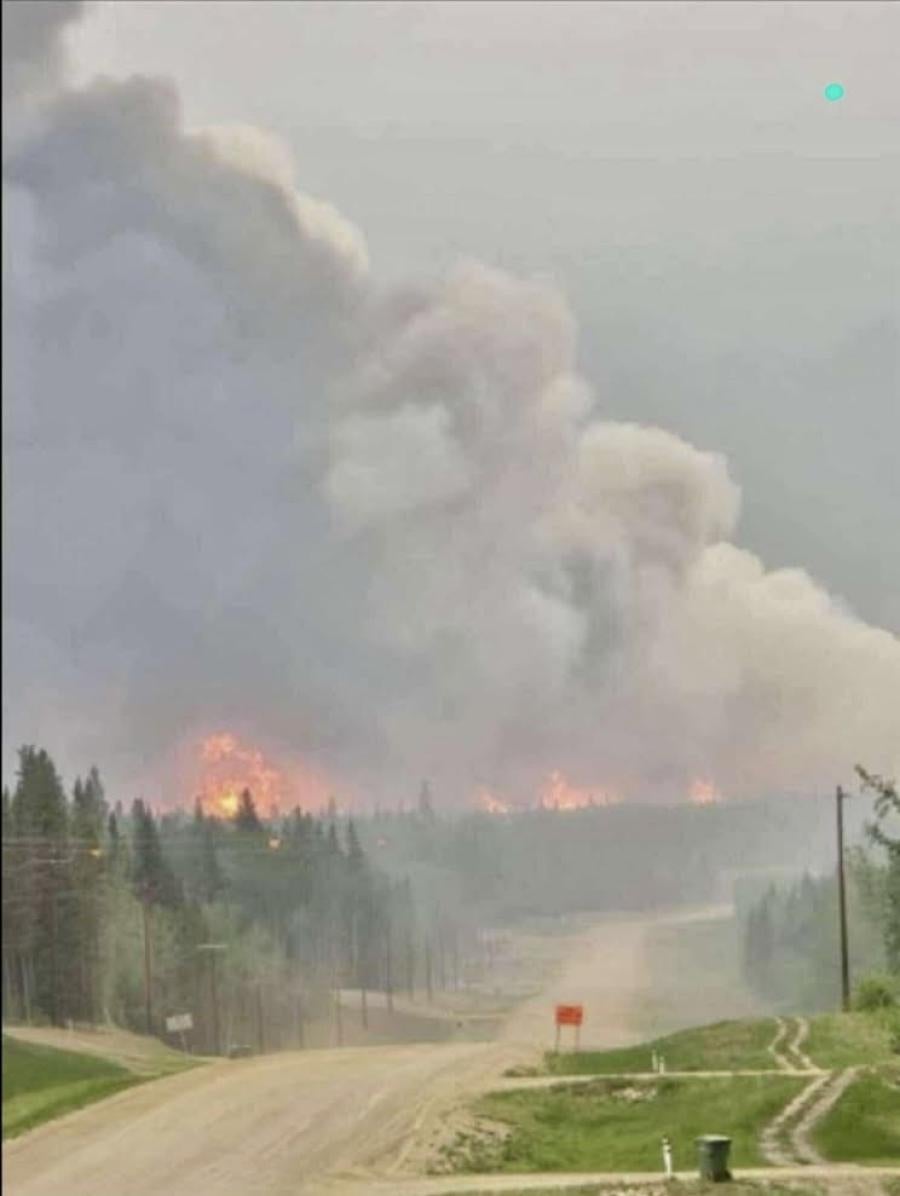The Assembly of First Nations (AFN) has engaged in a project involving some 61 indigenous communities in the Great Lakes Drainage Basin of central Ontario. The environmental health study and risk assessment being conducted by the EAGLE project (Effects on Aboriginals for the Great Lakes Environment) is based on the assumption that aboriginal people consume, on average, a greater amount of fish and wild meat that non-indigenous people. Since the main route for exposure to persistent toxic chemicals is through food consumption, indigenous peoples are a high risk exposure group.
PRELIMINARY DATA
Preliminary data gathered by the project indicates that indigenous people in the Great Lakes Basin consume from 6 to 11 times more fish and wild meats than the non-indigenous population. Eating pattern surveys also confirm that "food fishing" is still an integral part of indigenous life in the Basin. At the same time, a significant amount of fishing involves the cultural aspect of sharing or trading with relatives or friends from other communities.
It is the hope of the EAGLE project to be of use to the native communities concerned.
We have tried to integrate their traditional knowledge into conventional scientific methodologies by acknowledging traditional territories and languages, and by utilizing a holistic approach.
Health and environmental studies in the past, which examined health impacts from the presence of contaminants, have not been very successful. The lack of success is believed to be due to the deficiency in addressing the concerns and needs of the communities that were involved. The EAGLE project takes a different approach in that it uses standard epidemiological principles and encompasses a culturally-relevant perspective. It examines the direct and indirect health effects of communities as affected by environmental contaminants.
THE EAGLE PROJECT
The Project, in its fourth of a six year life, uses information gathered by regional community liaison staff who inform and educate communities regarding the project, and at the same time gather information, such as identifying traditional fishing sites. Various provincial and federal government databases are used to layer information. The management of this information involves moving data into the GIS system from all sources. For example, the fish base database originates from Health Canada's statistical format. It is then exported into database format to be transferred to AFN's systems for verification and further conversion to be read as a GIS table. Another major task is to correct the maps of any existing errors and to classify the topology before creating thematic maps.
Creating a thematic map would entail first identifying a presence and level of environmental contaminants in a community, then highlighting the risk (high, medium or low) with proportional icons, and finally icons, and finally comparing the data with other neighboring communities. This stage of the process is not yet complete, as some communities do not want to be compared to others but to be compared unto themselves. This, of course, will take longer because the layers will then have to be layered into temporal themes.
Added to this process is the requirement of extensive research into historical documents that inventory bionmes within a traditional territory. However, using maps supplied by other sources such as the International Joint Commission, which cover the Great Lakes Basin, we are able to incorporate our own data on the community (including community profiles, traditional fishing sites and place naming) for analysis. To a degree we are re-mapping the Basin from an indigenous perspective while proving the basis for socio-economic and health impact analysis through the progression of maps.
TAKING CONTROL
On a border scale, the AFN Environment Unit has initiated a survey of the 633 indigenous communities in Canada to determine the extent and level of proficiency in the use of GIS. It is estimated that some 61 communities are engaged in GIS in some form or another. An ultimate goal is to assist communities in taking control of their own data management by demonstrating and teaching them how to use technology (contemporary tools) while maintaining traditional knowledge (thus maintaining and/or re-learning the traditional way of life).
Based on the survey respondents to date, many communities want more information and access to networking forums to expand their evolving capacity in the world of GIS applications. Some 30 communities are using GIS for purposes such as: studying land use and occupancy in preparation for land claims; initiating environmental monitoring and assessment regimes; and inventorying the natural resources for planning purposes n their traditional territories.
The spiritual base of indigenous peoples determines how they perceive environmental contaminants. Now-indigenous development activities and the associated environmental degradation, which are outside indigenous control, have resulted in the exploitation of indigenous peoples in regard to both real and perceived environmental contaminants. Now that environmental contaminants. Now that environmental degraditional is at a critical level. First nations Elders and medicine people are finally being consulted to assist in correcting the errors of previous development and planning efforts.
When examining the relationship among traditional beliefs, environmental contaminants and holistic health, indigenous communities will have the ability to incorporate new technologies to their advantage. EAGLE is exploring new ground with maps which plot information that demands attention.
Analysis of First Nations traditional values and knowledge explains how environmental contaminants are perceived. Conventional science is used to measure the risks of such contaminants. The EAGLE project is attempting to create a link between the two.
Article copyright Cultural Survival, Inc.



